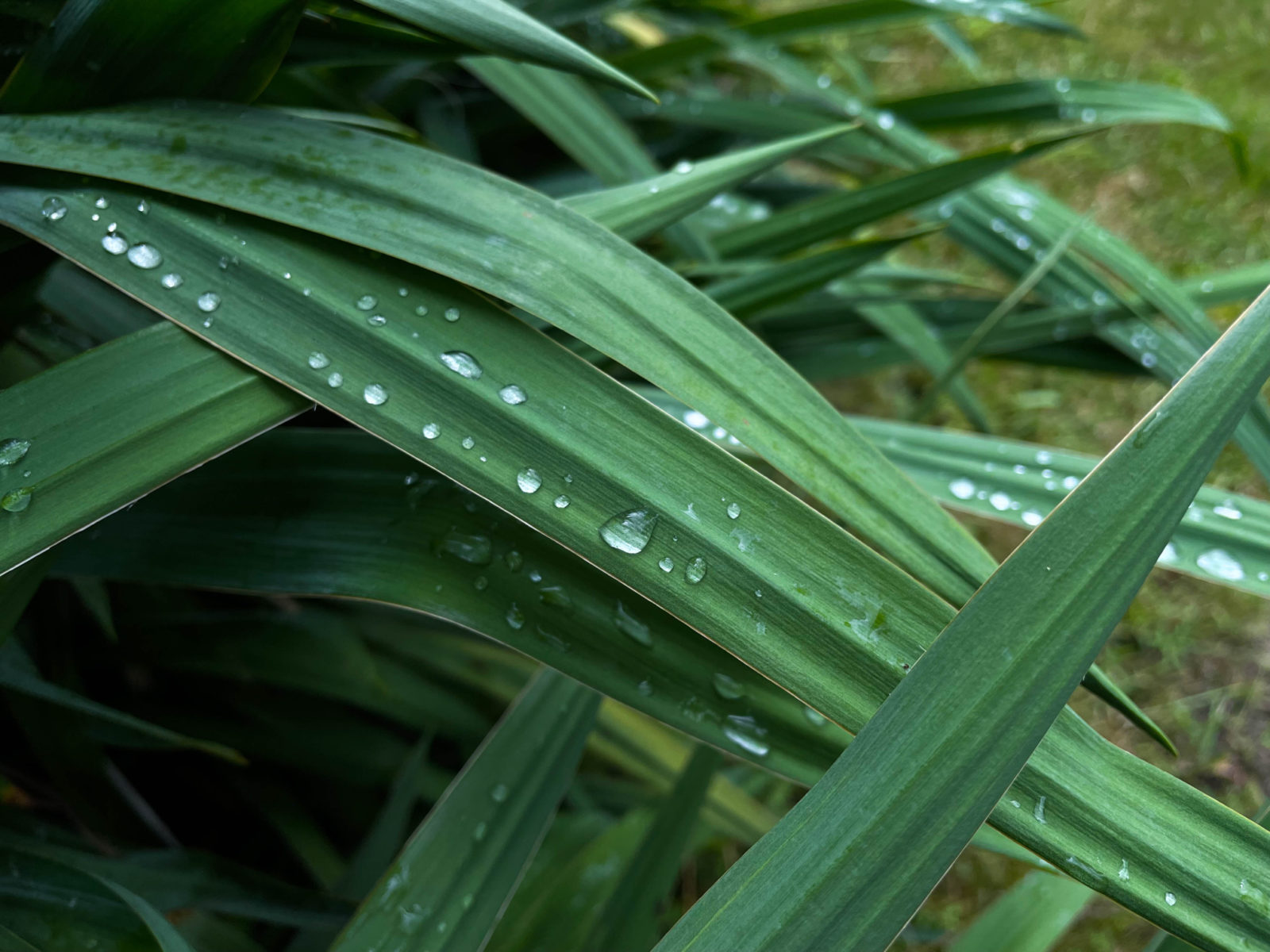Don’t Overwater Yucca: ‘Remember These Species Are Adapted To Arid Environments’

Chris is a gardening writer and nature enthusiast. He graduated from Oxford Brookes University in 2022 with an MA in Psychology. Chris works with the Leeds Green Action Society, helping their food cooperative by growing various fruit and vegetables on their two allotments in Hyde Park, Leeds.
Reviewed By COLIN SKELLY

Colin is a Horticulturist and Horticultural Consultant with experience in a range of practical and managerial roles across heritage, commercial and public horticulture. He holds the Royal Horticultural Society’s Master of Horticulture award and has a particular interest in horticultural ecology and naturalistic planting for habitat and climate resilience.
YUCCA GUIDES
Common Problems
– Brown Spots
– Droopy Leaves
– Leaves Turning Yellow
– Root Rot
Division
Overwintering
Revival
Varieties
Watering
Yucca is an evergreen shrub that is part of the asparagus family.
This plant is native to parts of North America, Mexico as well as Central and South America and is used to hot, dry conditions.1Yucca filamentosa. (n.d.). Lady Bird Johnson Wildflower Center – the University of Texas at Austin. Retrieved March 27, 2023, from https://www.wildflower.org/plants/result.php?id_plant=YUFI
For this reason, yucca plants will not always survive British winters and are therefore best grown as indoor plants.
Yucca is fairly drought resistant, but it is important you understand when to water and how often and how much in order to get the most out of this plant.
Spring & Summer Watering
Yucca will complete the majority of its growth in the spring and summer months and watering during this time should be regular but sparing.
Overwatering can drown the plant’s roots which can ultimately kill the plant off.

I would recommend watering your yucca plant moderately every 2-3 days, only watering again when the topsoil has completely dried.
“Remember that Yucca species are adapted to arid environments and can cope with dry conditions,” shares Colin Skelly, a Master Horticulturist.
“That doesn’t mean that they’ll tolerate prolonged periods without water without wilting or yellowing or browning of leaves. To keep them looking good you’ll need to keep an eye on the moisture in the top few centimetres of compost.”
I’d also recommend adding a liquid fertiliser every couple of weeks, making sure you moisten the soil before applying it.
Autumn & Winter Watering
During the autumn and winter months, yucca plants require a lot less water.
You should only need to water your yucca 1-2 times a month and should only do so if the top 3cm of soil is completely dry.
When watering, do so to moisten the entire soil clump.

If your yucca plant is placed in full sunlight, it may require slightly more frequent watering.
Likewise, if it is in a shadier spot it will require a bit less.
From October to April you should refrain from adding fertiliser.
Overwatering
The last thing you want to do is overwater your yucca plant.
If you notice yellow leaves, root rot or if the trunk feels spongy to the touch, then you have probably watered your yucca too much.
If you manage to catch this problem in the early stages then be sure to cut your watering right back and allow the soil to completely dry out.

If it has got as far as root rot, then the only way to try and save the plant is by removing the plant from the pot, giving the roots a good wash until the soil is gone and then removing the damaged roots with a sterilised set of shears, leaving only the healthy roots behind.
You can then repot the plant in a sterile plant pot with fresh, well-draining soil and keep all your fingers and toes crossed!
References
- 1Yucca filamentosa. (n.d.). Lady Bird Johnson Wildflower Center – the University of Texas at Austin. Retrieved March 27, 2023, from https://www.wildflower.org/plants/result.php?id_plant=YUFI
